Since the 19th century attempts have been made to find a navigable route through the icy Arctic waters.
However, this route has been a deadly path for mariners facing the frozen seascape. However, some experts estimate that the route will become commercially viable in the near future as the sea ice in the Arctic recedes in the summer months.
For some, this will revolutionize the global shipping industry as it offers a shorter and cheaper alternative to current Chinese transport routes that reach major markets in Europe via the Indian Ocean and the Suez Canal.

As the ice-covered parts of the Arctic Ocean melt due to climate change, China has signaled its interest in participating in the construction of the “Polar Silk Road,” creating prospects for the emergence of new sea routes.
China said it favors pragmatic cooperation in the Arctic and the construction of a “Polar Silk Road,” in accordance with the draft of the 14th Five-Year Plan (2021-2025) for national economic and social development and long-term objectives up to the year 2035.
3 Arctic Polar Routes
There are three potential routes through the Arctic:
- the northeast passage around Eurasia
- the northwest passage around North America
- the Central Arctic Ocean Route (TSR).
In addition to the first two, China is interested in connecting the Atlantic and Pacific Oceans by passing near the North Pole via the so-called Transpolar Sea Route (TSR) that will cut through the central Arctic Ocean.
While it could significantly reduce distances for global trade, the TSR remains frozen for most of the year, making it much more difficult to cross than the two Arctic sea routes currently available, the Northern Sea Route and the Northwest Passage.
To date, China is the only country to lead official expeditions through all three Arctic sea passages, including the TSR.
China’s “Polar Silk Road” as part of its Belt and Road Project – BRI – (Belt and Road Initiative)
China has made clear its intention to expand into the Arctic region and published a “white paper” on this in early 2018, calling for its transformation into a Polar Silk Road and highlighting its plans to integrate it with its multi-billion dollar Belt and Road (BRI) initiative.
China unveiled the BRI in 2013 with the goal of connecting Southeast Asia, Central Asia, the Gulf region, Africa, and Europe with a network of land and sea routes.
Why is China’s exploration of the Arctic region important?
Melting sea ice is also making it more feasible to access the Arctic’s abundant oil and gas reserves, most of which have been identified in Russia. Of the three Arctic routes, the ice along the northeast passage, which follows the coast of Russia, is melting the fastest.
The idea of working with Russia to transform this route will form the backbone of this economic cooperation in shipping and energy.
As such, investing in the Arctic for China is as much a matter of energy strategy as it is commercial. In terms of energy, it will be able to take advantage of an increased supply of hydrocarbons from Russia to diversify its sources from outside the Middle East.
Regarding trade strategy, the passages through the North allow China to diversify its sea routes and be less likely to have them blocked by the United States and its allies. This is because these Chinese rivals control a large part of the Pacific Ocean and the vital Strait of Malacca between Singapore and Indonesia, through which most Chinese products pass to Africa and Europe.
Thus, this energy diversification is fundamental to China’s global ambitions to become the global economic leader ahead of the United States and the European Union.
Environmental Risks of New Arctic Shipping Routes
A source of economic and geostrategic advantage for some, shipping routes are an ecological disaster about to happen for others.
Environmental groups fear that an increasing volume of shipping traffic through the crystal clear waters of the Arctic will damage slow-growing, long-lived marine ecosystems.
They particularly fear that a ship will have an accident in the remote polar waters, resulting in a potentially devastating pollution incident.



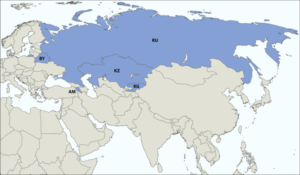






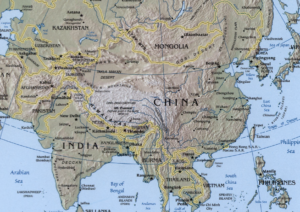

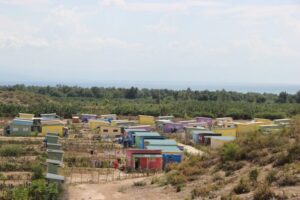










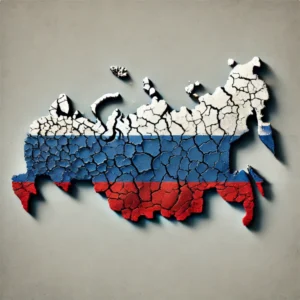
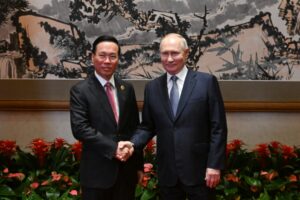
[…] geostrategically. It is geographically within the European Union, it is a region connecting transport and energy between Europe and Asia via Turkey, and therefore it also attracts attention and investment from other world […]
[…] China is Africa’s main trade and economic ally today, with several projects for the region’s socioeconomic development through its “Belt & Road Initiative” (The New Silk Road). […]
[…] name “Silk Road” is a reference to the valuable silk fabrics that were transported along these routes, […]
[…] country with the closest relationship with the Taliban is China, which shows no sign of embarrassment. With so many ordinary Afghans trying to flee their country, […]
[…] Belt and Road (BRI) project, launched in 2013, is a global infrastructure network that includes railways, ports, […]